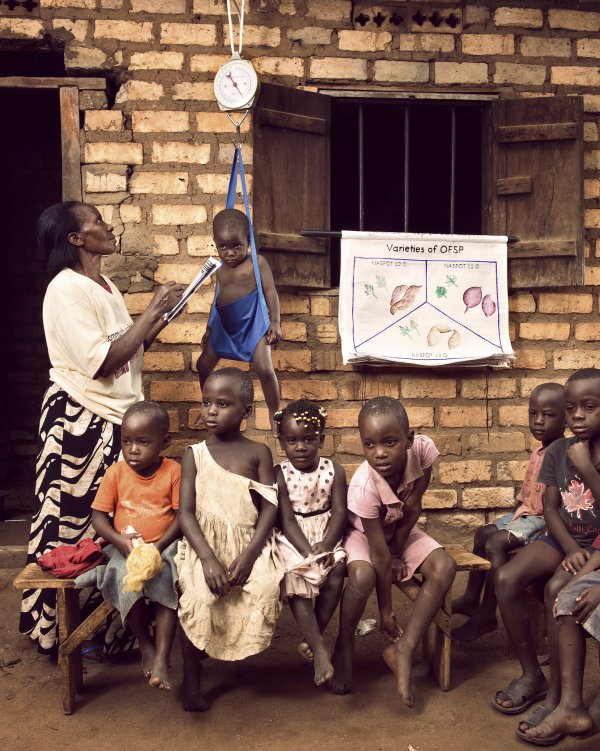Children with acute malnutrition and malaria: the double burden that increases risk of treatment failure

An analysis of over 11,000 falciparum malaria individual patient data sets has found that acutely malnourished children have a higher risk of reinfections and treatment failures, even when treated with recommended doses of artemisinin-based combination therapies, currently the best malaria treatment available. The malaria parasite clearance was also likely to be longer in these children.
To date, few studies have explored the effects of malnutrition in children being treated for malaria, with contradictory results, so researchers at the Infectious Diseases Data Observatory (IDDO) at the University of Oxford used a different strategy: they pooled individual patient data from 36 antimalarial efficacy studies from 24 countries that happened to include children, and crucially, included both height and weight information for the study participants.
Individual patient data from these studies had been deposited in the WorldWide Antimalarial Resistance Network (WWARN) database, the malaria data platform of IDDO, which the authors used for this study.
“No one individual study included a large enough sample of malnourished children to uncover a clear relationship, but by combining information across many different studies, which each included few malnourished children, we were able to spot a clear pattern,” said the study’s first author, Dr Kasia Stepniewska, Head of Statistics at IDDO.
The research team’s analysis found that antimalarial treatment was much less effective in children younger than age five who were very underweight for their height. This acute malnourishment nearly doubled the risk of treatment failure, compared to children with a normal weight for their height. Even children with mild levels of ‘wasting’, often excluded from standard efficacy trials, were more likely to suffer from treatment failure, and carry the malaria parasites in their bloodstream for longer.
47 million children across the world are estimated to suffer from acute malnutrition, with a 30% increase over the last three years (an additional 13.6 million children).
“We were able to uncover these results thanks to reusing shared data, underlining the power of data reuse to understand infectious diseases,” said Professor Phillipe Guerin, the IDDO and study lead.
The Infectious Diseases Data Observatory has one of the biggest data repositories of this kind for tropical and infectious diseases, which is free to use for researchers across the world.
The study team think that the poorer response to antimalarial treatment in acutely malnourished children might be because of weakened immunity in these children, together with reduced absorption of antimalarials. “The few studies available suggest lower concentration of artemisinin derivatives and their partner drugs in acutely malnourished children, indicating that ACT dose recommendations need to be corrected for these vulnerable young children”, said study author Professor Karen Barnes, Head of the WWARN’s Africa Hub and the Pharmacology Scientific Group at the University of Cape Town, South Africa.
The study’s conclusions also urge scientists and doctors to record young children’s height and weight in future malaria studies, to identify children who need more careful medical follow-up because malaria treatment is more likely to fail. Future work is also now needed to optimise the dose of current anti-malarial drugs for this group of children.
Read the full study in Lancet Global Health.
Find out more about WWARN.

